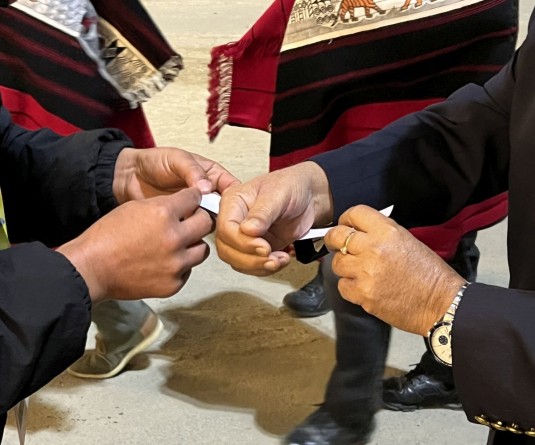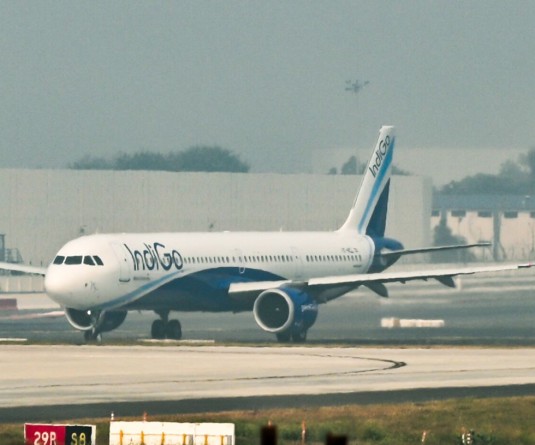
It is said that the encampments of the Indian army in the Pochury areas proved to be ruinous, inflicting deep torment on the local peoples in many ways. History of the battle says that the attack on Thuda Post was carried out in retaliation for an attack on Angh Leshimo’s camp by the Indian army.
It is also said that the battle of Thuda had many adverse impacts on the people of Phor politically, socially, economically and educationally. The result of bombings and burning down of houses, granaries and destruction of cattle and domestic animals greatly affected the economic stability of the village.
The third day of the war, 25th August 1960, an Indian Air Force Dakota plane hovering around the outpost dropping relief materials, arms and ammunition for the Indian troops was shot down. In fact, this is said to be the first plane shot down by the Naga “armies” and one that was later made known by a British Journalist Gavin in his book “The Nagas, an unknown war”, after collecting information through sources from London in 1962.
Interacting with this Correspondent during a cultural day at Phor village on January 6, Phor villagers narrated the miseries the war brought. The people were left hungry as all food and cattle were completely destroyed; the use of war machinery and weapons led to illnesses, and the death of important leaders of the village all brought about a great setback in the sphere of development. It is also said that in some Pochury villages there are hardly any government employee, all this due to lack of quality education.
It is indeed worth mentioning that the people seeking the government’s attention for infrastructural development, quality education and healthcare is considerably justified.




.jpg)

